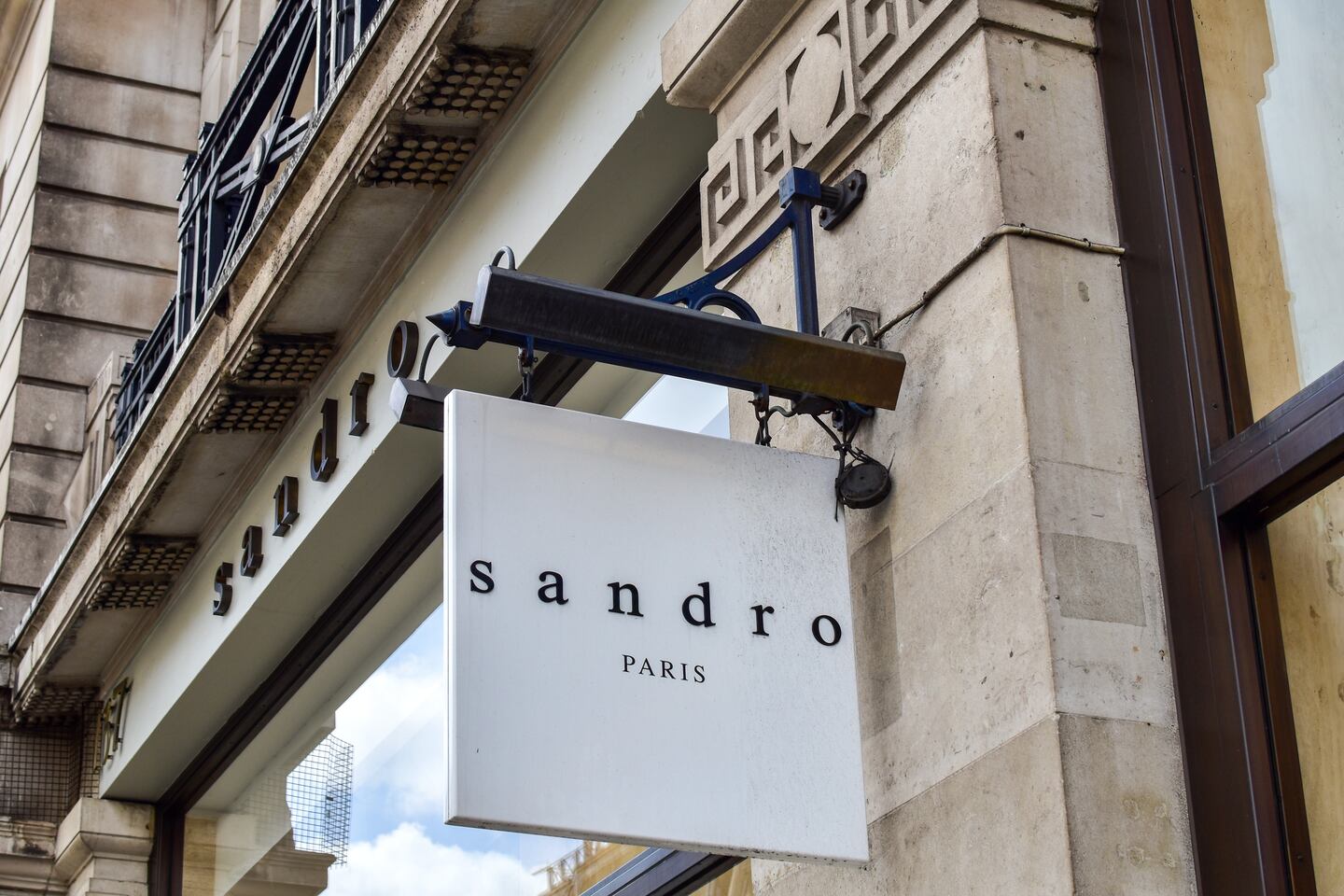
The Business of Fashion
Agenda-setting intelligence, analysis and advice for the global fashion community.

Agenda-setting intelligence, analysis and advice for the global fashion community.

PARIS, France — SMCP, the French fashion company whose brands include Sandro and Claudie Pierlot, on Tuesday kept its annual forecast for an increase in underlying sales and a stable profit margin, as it reported higher third-quarter revenue.
SMCP, which is majority-owned by Chinese retail group Shandong Ruyi, said third-quarter sales had risen 10.8 percent to 274.5 million euros ($304.4 million) from last year.
"In France, despite a sluggish market, our performance improved over the quarter and SMCP kept on gaining market share," said Chief Executive Daniel Lalonde.
"Globally, we observed strong underlying trends and recorded a positive like-for-like sales growth fuelled by the successful implementation of our key priorities over 2019 and the global desirability of our brands," added Lalonde.
ADVERTISEMENT
The company confirmed its full-year outlook, which includes sales growth of between 9 percent and 11 percent at constant exchange rates, and a stable adjusted EBITDA (earnings before interest, tax, depreciation and amortisation) margin compared with 2018.
The forecast does not take into account SMCP's previously announced acquisition of the De Fursac brand, the Paris-listed company said.
By Sudip Kar-Gupta; editor: Amy Caren Daniel
As the German sportswear giant taps surging demand for its Samba and Gazelle sneakers, it’s also taking steps to spread its bets ahead of peak interest.
A profitable, multi-trillion dollar fashion industry populated with brands that generate minimal economic and environmental waste is within our reach, argues Lawrence Lenihan.
RFID technology has made self-checkout far more efficient than traditional scanning kiosks at retailers like Zara and Uniqlo, but the industry at large hesitates to fully embrace the innovation over concerns of theft and customer engagement.
The company has continued to struggle with growing “at scale” and issued a warning in February that revenue may not start increasing again until the fourth quarter.